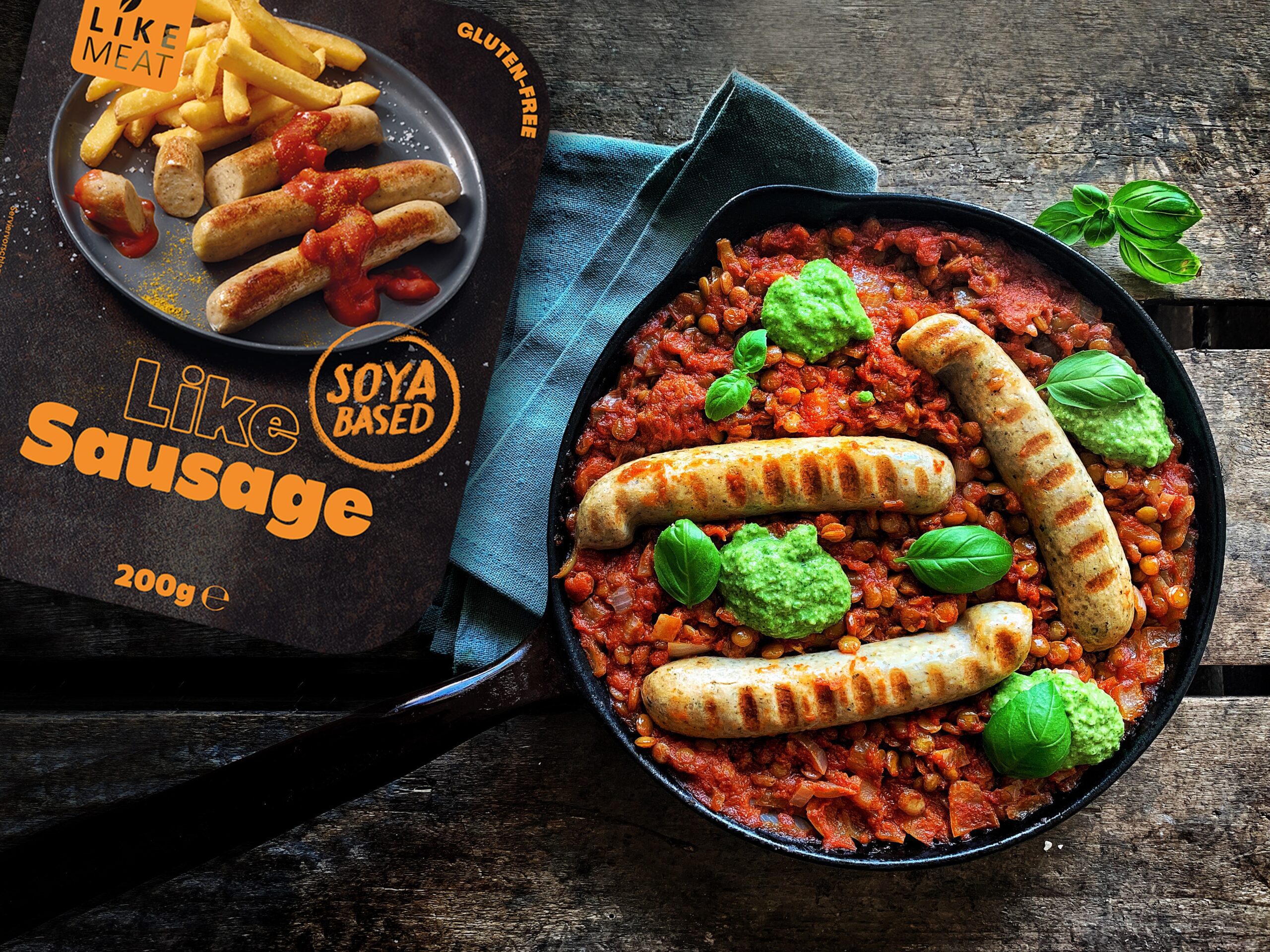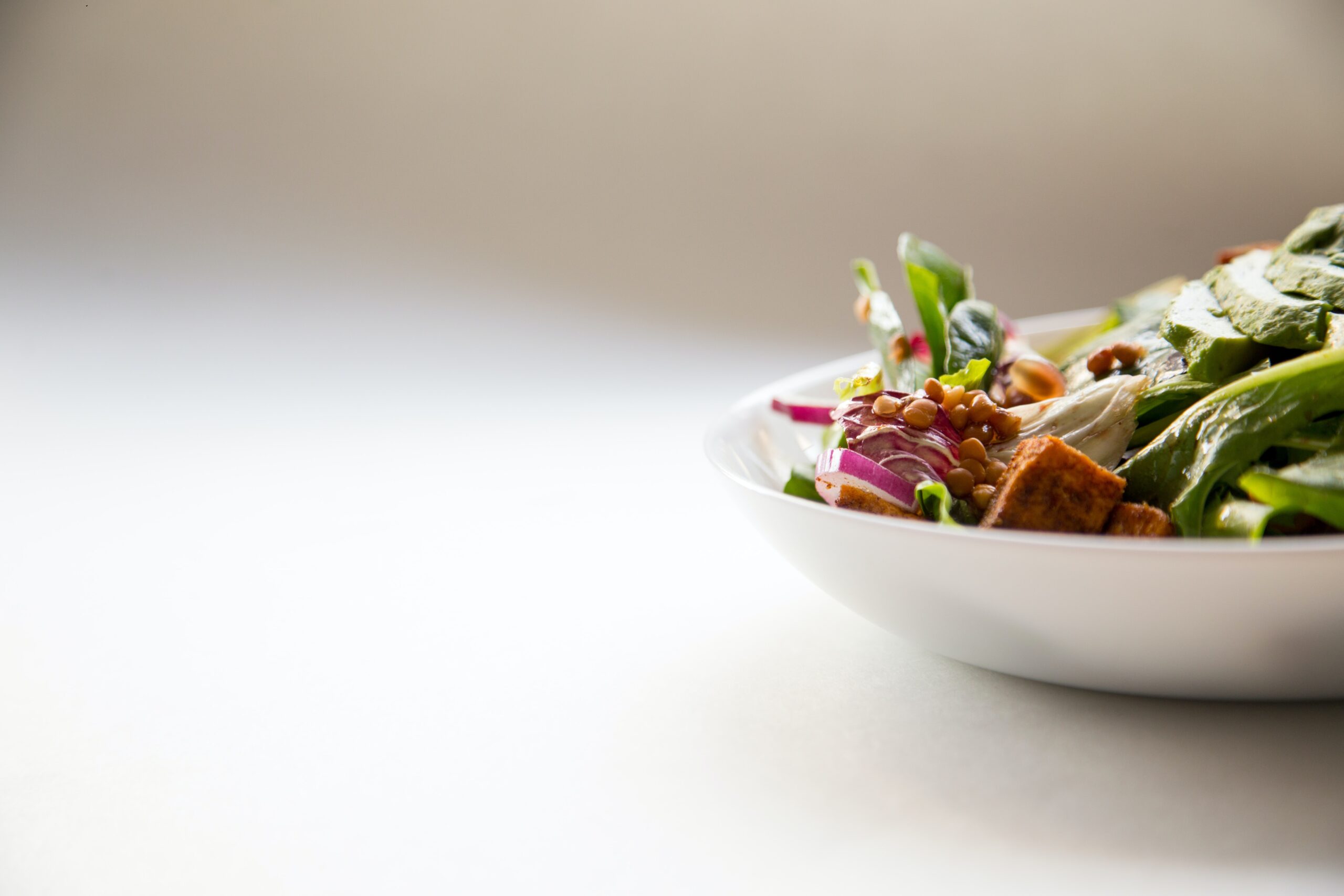Industry giants and cellular-meat upstarts are in a lobbying war over consumer labeling.
Bruce Friedrich beamed as he took the lectern at the inaugural Good Food Conference. It was September 2018, and as president and founder of the Washington, D.C.–based Good Food Institute, Friedrich was one of the leading voices advocating for alt-meat. Nearly 500 people had gathered at the University of California, Berkeley, including the biggest names in cellular agriculture—the would-be disrupters who envisioned slaughterhouse meat replaced with cuts made from the cells of cows, chickens, pigs, and fish.
“We need a new agricultural revolution,” Friedrich announced. “That revolution is right here, right now. It’s in this room.”

At the same time that these upstarts extolled the potential for metamorphosis in America’s meat industry, the companies and organizations that own it were preparing for a fight. Nearly six months before that Berkeley confab, one Big Ag group had filed a federal petition asking that the terms “beef” and “meat” be reserved exclusively for products from companies that don’t make meat from cells.
In the Berkeley conference center hall, the innovators hoping to displace pastures with laboratories were preparing for the day of their inevitable showdown with the existing industry. In order to make sure their revolution wasn’t blocked by the incumbent lobbying forces of Big Ag, they asked themselves, do we need to team up?

If companies engineering meat and poultry from cells are still overcoming technological hurdles, their eventual triumph appears more likely with each passing month. Less than three years ago, the world’s first commercially available lab-grown chicken from California-based Eat Just hit restaurants in Singapore, the only country to date to approve such meat for commercial sale. But the United States doesn’t seem far behind. Last November, Upside Foods, another California company, received the first-ever “No Questions” letter from the Food and Drug Administration, which agreed with the company’s conclusion that its cellular chicken was safe to eat.
** Click here to read the full-text **











